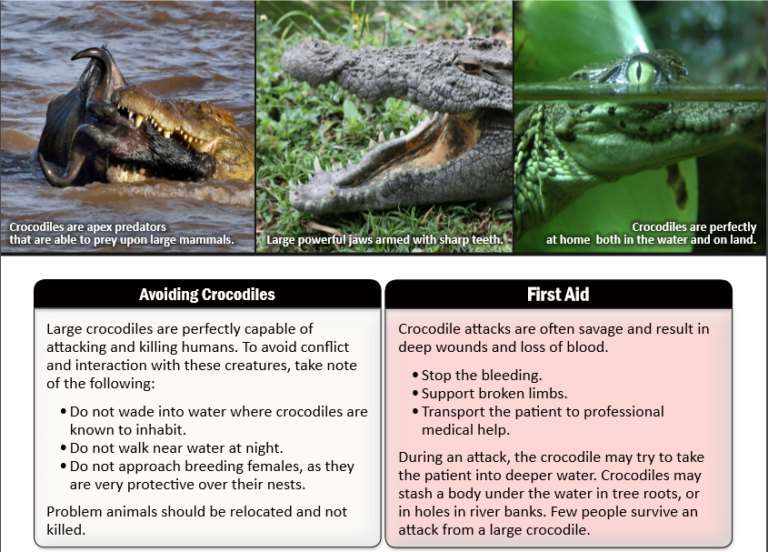Hand operated hoists have many applications in rigging work. Typical applications include hoisting a pipe or plate into position for welding or bolting, moving machinery, fence stretching and lifting engines or equipment during repairs. These devices are simple to operate but misuse can result in sudden failure, property damage, and serious injury. Some things to keep in mind are:
- Inspect the hoist to be sure it is in good condition. Do not use any hoist that appears to have been overloaded. Some things to look for include:
- a bent handle
- stretched chain links
- broken ratchet teeth
- stiff operation
- bent hooks
Anything that is cracked, bent, distorted, deformed or broken probably indicates overloading. Do not use it!
- You must know the weight of the load you are planning to lift:
- Never attach a load greater than the capacity of the hoist.
- Never use two hoists to lift a load that is heavier than the rated capacity of either. A shifting load may place the entire load on one hoist, causing failure. Also keep in mind that capacity ratings are based on a new hoist. Age, dirt, wear & improper maintenance will reduce the lifting capacity.
- Never put a “cheater bar” on the operating leer or use more than one person to pull the lever. It is a sure sign that the hoist is overloaded if the load can’t be moved by one person using a normal pull.
- Make sure the structure your hoist is hanging from is strong enough to support the load you are lifting as well as any possible shock load.
- Use these devices only in locations that will not expose you to hazard if you lose your grip or slip; the site of use must also permit you to stand clear of the load at all times.
- Never operate the hoist in a manner that causes the load chain to bend or slide around objects, such as corners or sharp edges. Do not use load chains or cables as a substitute for a sling.
- Apply the load evenly. Do not jerk, bounce, or allow the load to swing. Any violent or shock loads could easily exceed the capacity of your hoist.
- Always be sure the load is centered on the hoist before lifting, to avoid a swinging load.
- Never leave a suspended load unattended, and never work or walk under a suspended load or allow anyone else to do so!



